Anthony Tvaryanas
Reviews By Author
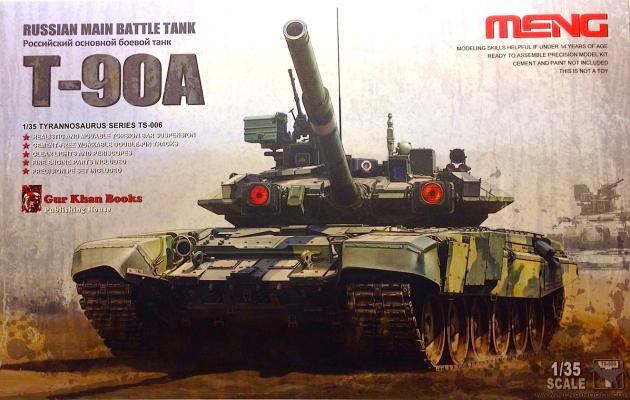
|
T-90A Russian Main Battle TankPublished:
The T-90A Main Battle Tank is currently the most modern tank in service with Russian ground forces. Although a development of the T-72, the tank consists of a 125mm 2A46M-5 smoothbore gun, a pair of auxiliary machine guns and Russia’s Shtora-1 combined electro-optical countermeasures suite to protect the tank against laser-guided weapons. It entered service in 2005, replacing the aging T-72s and T-80s and forming the backbone of current Russian ground forces. The kit comes in a large and sturdy box (15 in x 9.5 in x 3.5 in) that is packed with parts – 1,498 to be exact, of which 980 parts comprise the tracks alone. As suggested by the parts count, there is a tremendous amount of detail provided, but surprisingly with very little use of photo etched metal (only 9 parts). There… more |
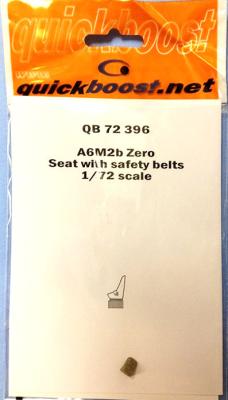
|
A6M2b Zero Seat with BeltsPublished:
Quickboost now provides a seat with safety belts for the A6M2b Zero among their line of resin aircraft accessories. This is a tiny seat, but the details are excellent. The seat is molded in gray resin that is without flaws – no problems with seams or bubbles. The mold block attaches to the bottom of the seat, thereby making clean up easy, particularly as the attachment point will not be visible once the seat is installed in the cockpit. I removed the mold block with a jewelry saw and smoothed the surface with a few swipes of a sanding stick. Several of the lightening holes in the seat back had some flash, but that was easily cleaned with a sharp knife blade. Comparing the Quickboost seat with the Airfix seat, you can see that the Quickboost seat has a more accurate shape and… more |
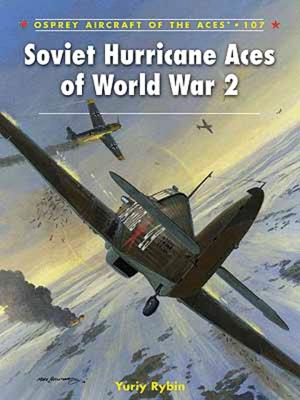
|
Soviet Hurricane Aces of World War 2Published:
As a Battle of Britain aficionado and avid reader of stories of the exploits of Allied pilots flying Hawker Hurricanes (and Spitfires of course!) on the Western Front and in the Mediterranean Theater of Operations, it was with keen interest that I delved into this story of the Hurricane on the Eastern Front ― a story with which I was totally unfamiliar. Thus, it was much to my surprise that I learned that the Hurricane was the most numerous Western Allied fighter aircraft serving in the Soviet Union’s army and naval air force units on the expansive Soviet-German front in 1942. Having suffered significant attrition of fighter aircraft during the start of Operation Barbarossa in June 1941, Soviet Premier Josef Stalin appealed to British Prime Minister Sir Winston Churchill for… more |
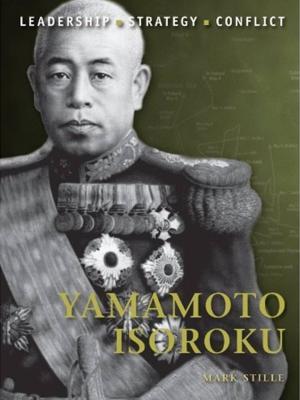
|
Yamamoto IsorokuPublished:
Admiral Yamamoto Isoroku is largely regarded as the archetypal Japanese naval commander of World War II, and his reputation remained high in the Imperial Japanese Navy (IJN) despite numerous naval defeats. In his short book, Mark Stille undertakes a critical analysis of Yamamoto, calling into question his reputation as both a reluctant warrior and a brilliant and invincible admiral. Yamamoto’s career in the IJN began in 1901 and he saw combat in the Russo-Japanese War, being wounded in the decisive battle in the Tsushima Strait in May, 1905, when a ship’s gun barrel burst. During the interwar years, Yamamoto served in various postings to include several assignments in the United States ― experiences that purportedly provided him unusual insight, as compared to his Japanese… more |
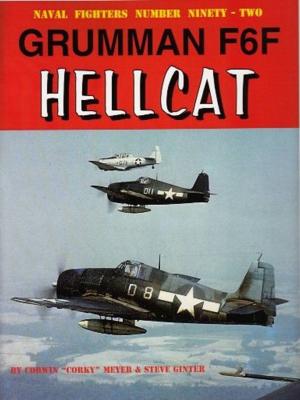
|
Grumman F6F HellcatPublished:
Among World War II naval aircraft, the Grumman F6F Hellcat fighter achieved a record that remains unsurpassed: 5,156 enemy aircraft downed, and in less than two years of combat operations at that! Clearly, it was the right plane in the right place at the right time. Meyer and Ginter’s new book provides a little something for everyone with an interest in the Hellcat, no matter what the angle. The book begins on the very first page with Mr. LeRoy Grumman’s design philosophy, which sets the tone for all that follows: “Grumman will only build an easily produced, maintained and reliable combat aircraft that can be readily mastered by a 200-hour, war-time pilot trained to fly from a carrier, engage in successful combat, sustain combat damage, return to the carrier and land his aircraft after… more |
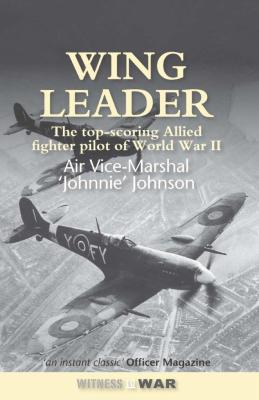
|
Wing Leader: Top-scoring Allied Fighter Pilot of World War TwoPublished:
For me at least, an important and particularly enjoyable aspect of every aircraft modeling project is the research into the details of both the machine and the man (or men) who flew it. Consequently, as a Spitfire aficionado, I was most pleased when I received ‘Johnnie’ Johnson’s autobiography, which recounts the personal story of the top scoring Allied fighter pilot of the Second World War. First published in 1956 (this edition was published in 2010), Johnson provides a gripping, first person account of his path through the war, distinctively told in terms of individual epochs rather than linear time. As such, it does not read like a chronological documentary, instead providing the modern reader a uniquely individual perspective of major historical events as they appeared to the eyes… more |
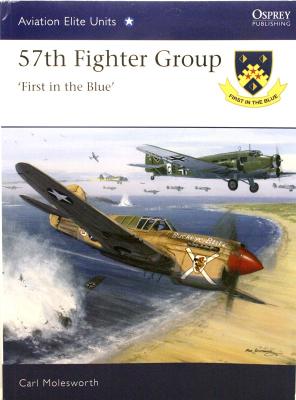
|
57th Fighter Group, "First in the Blue"Published:
Often overlooked in historical accounts of U.S fighter operations during World War II, the 57th Fighter Group (FG) served with distinction during nearly three years of continuous combat in the Mediterranean Theater of Operations. Activated in January 1941, the then 57th Pursuit Group deployed to North Africa in July 1942, launching their Curtiss P-40 Warhawks from the deck of the U.S.S Ranger, and in the process, becoming the first U.S. Army Air Force (USAAF) unit to deploy in group strength from the deck of an aircraft carrier. The 57th FG joined the British in “The Blue,” Royal Air Force Desert Air Force slang for the North African desert stretching west of Cairo, earning the distinction of being the first USAAF to fight in North Africa. During the… more |
